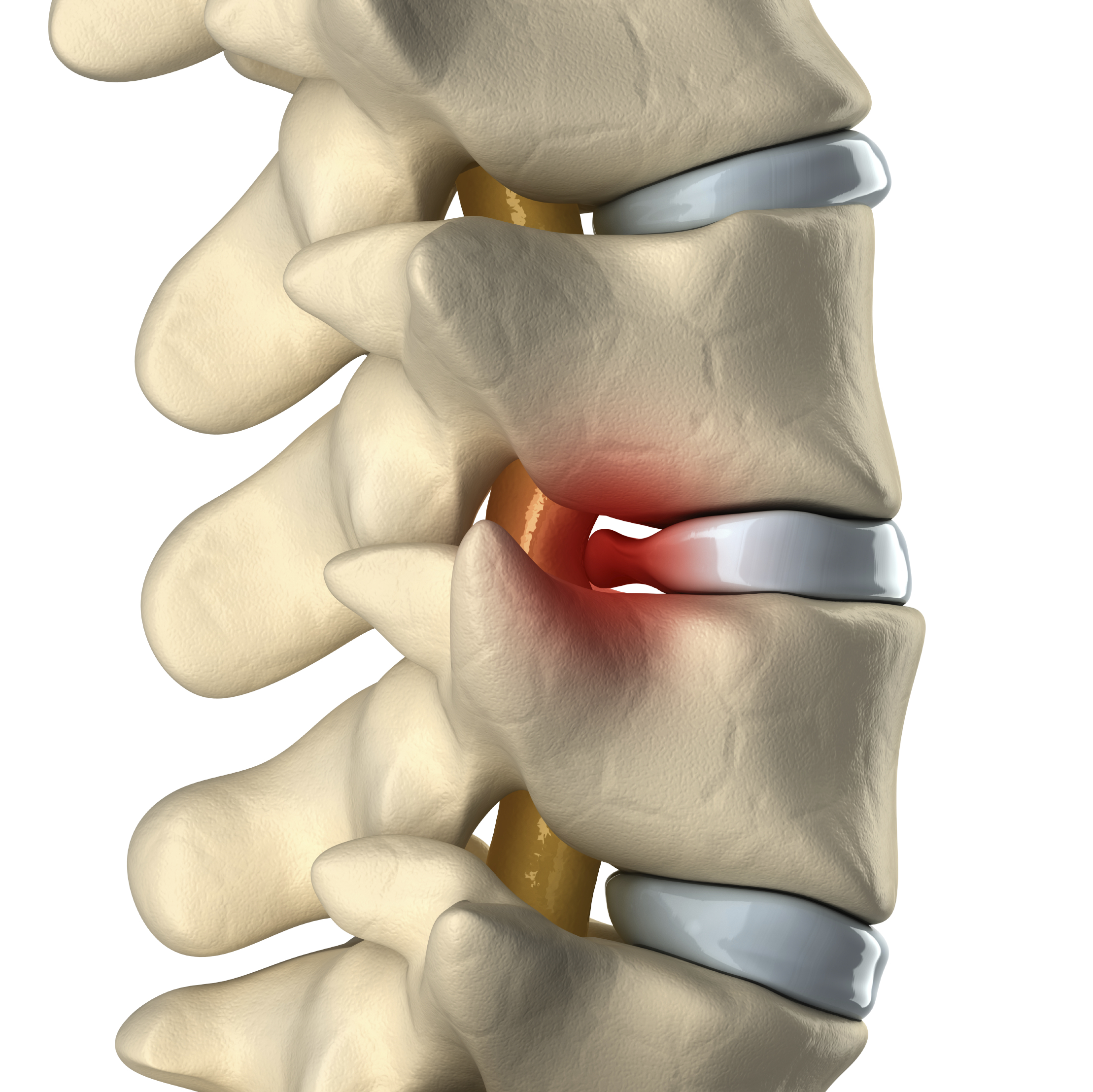Pain relief strategies has evolved considerably throughout the years, shifting from traditional methods towards far more innovative and integrated treatments. As we gain more insight into the complex nature of pain, the demand for thorough pain management services and therapies becomes increasingly apparent. Grasping the concept of pain management and the multiple available techniques can equip individuals suffering from both acute and chronic pain, which can lead to enhanced life quality.
Different types of pain require tailored strategies for effective relief, and contemporary treatments include a diverse array of options. Ranging from physical rehabilitation and chiropractic services to developments in interventional therapies and regenerative medicine, there are many avenues to investigate. Additionally, combining alternative treatments such as acupuncture and mindfulness practices highlights a forward-thinking method of pain therapy, focusing on not just physical pain symptoms but also the psychological and lifestyle factors that influence it. By examining these innovative devices and methods, we aim to shed light on the multifaceted world of pain management and the bright future ahead.
Understanding Discomfort and Its Treatment
Discomfort is an complex and personal sensation, often characterized as an unpleasant sensory and emotional reaction to real or potential tissue harm. Comprehending pain involves identifying its two key categories: acute and long-lasting. Acute discomfort, generally a direct answer to trauma or illness, is brief and generally resolves with treatment. On the other hand, persistent pain persists for an extended after the first injury has recovered, often morphing into a complex state shaped by bodily, psychological, and social influences. This differentiation is crucial in determining the appropriate discomfort control strategies.
Successful pain treatment consists of a varied array of treatments tailored to personal needs. A comprehensive method includes not only pharmaceuticals but also physiotherapeutic treatments, psychological help, and alternative options. Discomfort control centers are vital resources, prepared to create personalized therapy plans that may include invasive techniques, life modifications, and integrative treatments. By addressing the multifaceted character of discomfort, these clinics work to improve overall standard of living for clients.
In recent years, advancements in understanding the field behind pain have culminated in novel therapy options. Research into the discomfort routes and mechanisms has promoted the formation of focused treatments such as restorative therapy, nerve interferences, and nerve modulation methods. Additionally, the investigation of complementary treatments, including acupuncture and mindfulness practices, showcases a shift towards more comprehensive strategies in discomfort treatment. This evolution highlights empowering individuals to take an engaged role in their recovery process, improving their capability to handle discomfort effectively.
Novel Therapies and Interventions
In the field of pain management, innovative treatments are surfacing that offer new hope for patients dealing from various types of discomfort. One such advancement is the use of neuromodulation techniques, which involve stimulating specific nerves to alter pain experience and reactions. Instruments such as spinal cord stimulators and peripheral nerve stimulators provide patients with personalized pain management solutions that can significantly improve their daily living. These devices fuse sophisticated technology with a deep comprehension of pain pathways, allowing for precision treatments that adjust to the patient's needs.
Another groundbreaking strategy is the use of regenerative medicine techniques like stem cell treatments and platelet-rich plasma (PRP) treatments. check out this site focus on healing damaged tissues and lessening irritation, which can diminish both short-term and long-lasting pain. By harnessing the body's natural healing processes, these therapies provide an option to standard pain management methods, offering the opportunity for longer-lasting relief without the reliance on pharmaceuticals. This holistic strategy is increasingly attractive to individuals seeking safer options for pain management.

Furthermore, complimentary treatments such as needling techniques and mindfulness therapies have increased in popularity due to their holistic approach to pain management. Acupuncture involves placing fine needles into specific points on the body to activate the body's nerve system, which can lead to the release of endorphins and other pain-relieving substances. Similarly, mindfulness practices help individuals develop greater awareness of their pain situations, providing them with the tools to cope with pain successfully. Together, https://hudsonmaddox53.livejournal.com/profile groundbreaking approaches highlight the evolution of pain management, prioritizing personalized care and adaptable treatment options.
Lifestyle and Holistic Methods to Pain Management
Integrating changes in lifestyle and whole-person methods into pain management can significantly boost one’s standard of life. Regular exercise is crucial, as it not just strengthens muscles and improves flexibility but also releases endorphins, which are innate pain alleviators. Exercises like walking, swimming, and cycling can be tailored to personal fitness levels, ensuring they are both secure and effective. Additionally, including anti-inflammatory foods into the meal plan, such as fruits, vegetables, nuts, and oily fish, can help reduce inflammation and mitigate symptoms of chronic pain.
Being present and relaxation methods play a crucial role in managing pain perception. Practices such as meditation, breathing deeply, and stretching not only lower stress but also assist individuals grow more aware of their body and signals of pain. Engaging in check that can lower anxiety levels, which are frequently connected to heightened pain sensitivity. Yoga, in specific, offers the twofold benefit of gentle physical exercise while encouraging relaxation and greater mental focus, making it a powerful resource for those dealing with chronic pain.
Finally, maintaining a good rest hygiene remains essential for relieving pain. Poor sleep quality can intensify pain and form a vicious cycle of pain and insomnia. Creating a consistent sleep schedule, creating a restful environment, and avoiding stimulants before bed can encourage better sleep. Focusing on healing activities like light stretching or soothing baths in the evening can additionally get the body for rest, leading to better recovery and reduced pain levels during the day.
